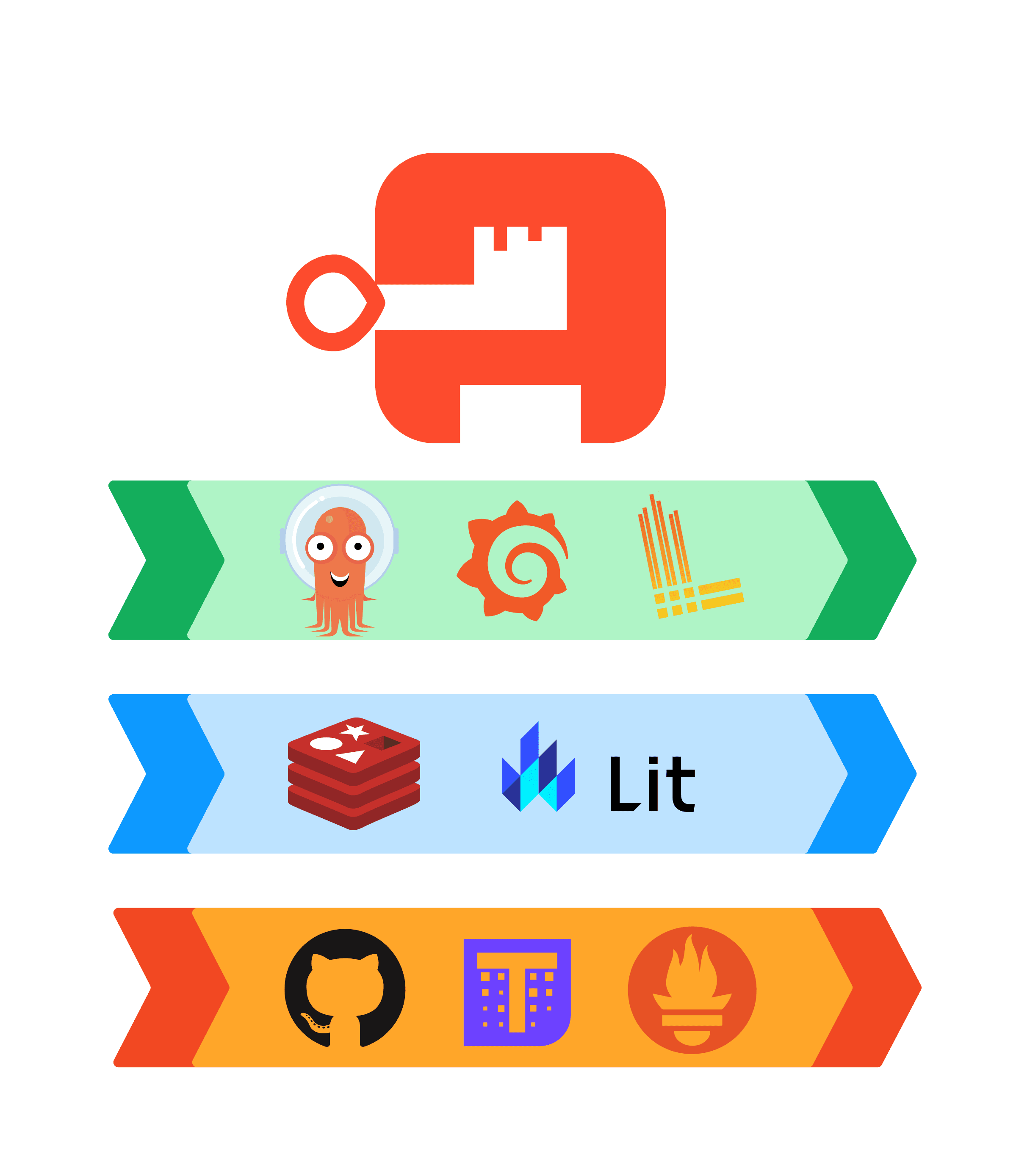Why we built authentik Outposts as microservices
authentik is an open source Identity Provider that unifies your identity needs into a single platform, replacing Okta, Active Directory, and auth0. Authentik Security is a public benefit company building on top of the open source project.
We’ve already seen high-profile migrations away from microservices (for example Amazon, Uber, and Google), and just recently The Pragmatic Engineer shared how teams at some companies have suffered in the wake of mass layoffs, as there simply aren’t enough staff to operate the thousands of services built by what used to be much larger engineering organizations. The tide has turned against microservices.
We’re happy to see a shift away from architecture inspired by buzzwords. In many cases (especially if you’re a small startup), you really don’t need microservices, you just need well-demarcated code. There are some good use cases for microservices however—when they address a genuine technical challenge—and this article is about one of them.


